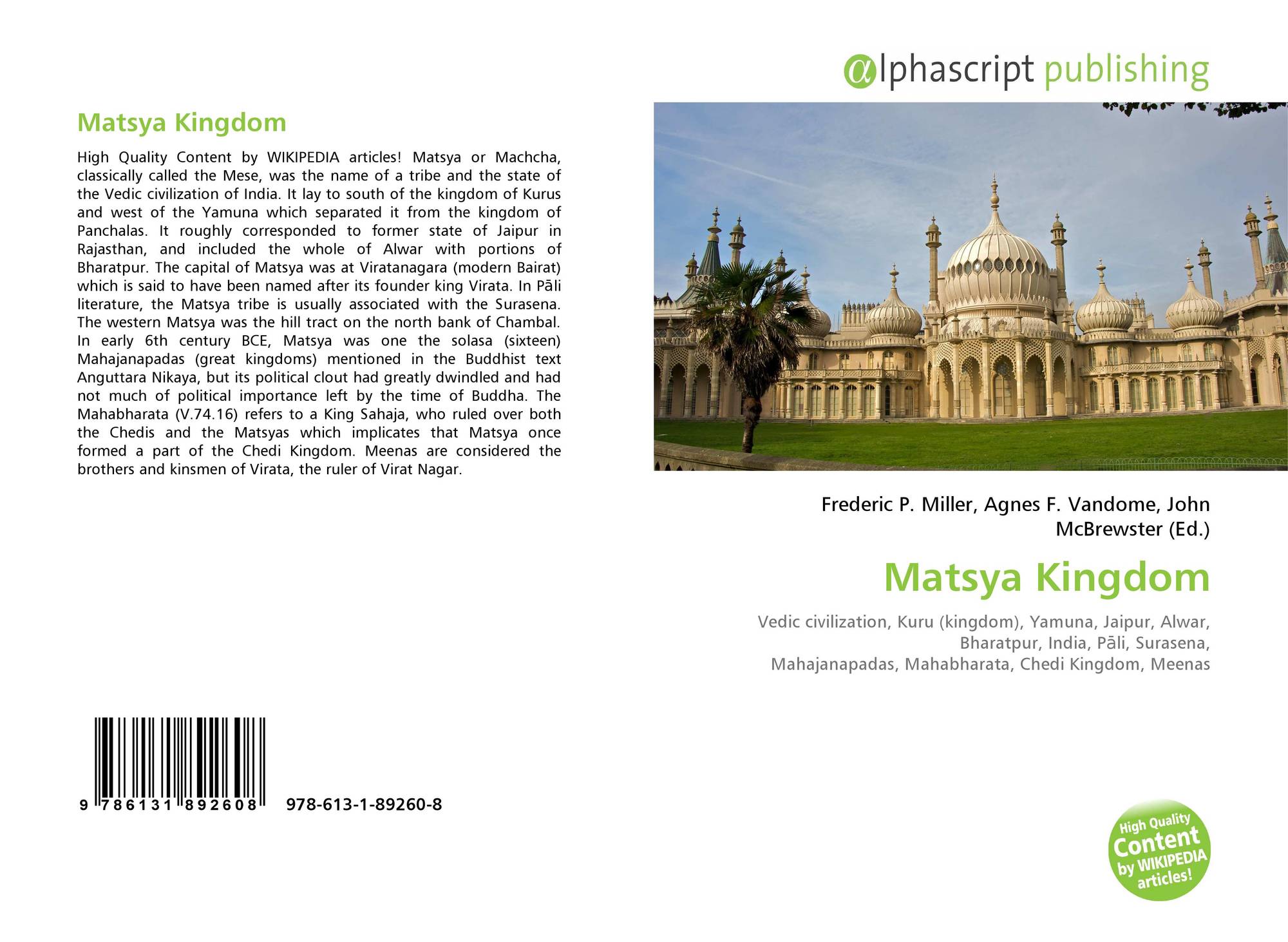Matsya Proper (Virata Kingdom)

Virata
(Sanskrit: विराट, lit. huge) in the Hindu epic Mahabharata, was the king of Matsya Kingdom with its Virata Kingdom, in whose court the Pandavas spent a year in concealment during their exile. Virata was married to Queen Sudeshna and was the father of Prince Uttara and Princess Uttarā, who married Abhimanyu, the son of Arjuna. Abhimanyu and Uttara’s son Parikshit succeeded Yudhishthira to the throne of Hastinapura, after the war of Mahabharata.He was killed during a Kauravas attack in the Kurukshetra War along with his sons. In other versions he was killed by Drona on the 15th day of the war. After Virata’s death, Sahadeva, became the king of Virata’s former kingdom.
References
Dowson, John (1888). A Classical Dictionary of Hindu Mythology and Religion, Geography, History, and Literature. Trubner & Co., London. p. 1.
Swami Ramsukhdas: Shrimad Bhagvadgita – Sadhaka-Sanjivani, translated into English by S.C. Vaishya, Gita Press Gorakhpur, ISBN 81-293-0063-X
To identify the kingdom of Virata from other Matsya kingdoms, some of the ancient Indian literature, like the Bhagavata Purana, designate it as Virata Kingdom.The most famous Matsya kingdom was the one under the rule of king Virata,

The ally of the Pandavas. Most of the other Matsyas joined with the Kauravas in Kurukshetra War. Sahadeva on his military campaign to the south, to collect tribute for Yudhisthira’s Rajasuya sacrifice, encountered this Matysas. He also encountered the Matsya kingdom that lied to the south of Matsya-proper (Virata Kingdom).Sahadeva, dismissed with affection by king Yudhisthira the just, marched towards the southern direction accompanied by a mighty host. That mighty prince of the Kuru race, vanquishing completely at the outset the Surasenas (Mathura district in Uttar Pradesh), brought the king of Matsya under his sway. (2,30).
Virata, the king of Matsya, gave as tribute two thousand elephants decked in gold. (2,51).Panchala, Chedi, Matsya, Surasena, Pattachchara, Dasarna, Nava-Rashtra, Malla, Salva, Yugandhara, Saurashtra, Avanti, and the spacious Kunti-Rashtra were mentioned as the kingdoms surrounding (and / or close to) the kingdom of Kurus (4,1).
Pandavas selected the Virata Kingdom to be their abode for one year, to live in anonymity, after the expiry of their twelve-year long forest life, both (12-years of forest life and one year of life in anonymity) being the conditions set up by their enemies viz the Kauravas, to give them back their kingdom (4,1). After leaving the Dwaita lake in the forest of Dwaita (on the banks of Saraswati River, western Rajasthan and south-western Hariyana) the Pandavas proceeded in the direction of Yamuna. Those bowmen living in inaccessible hills and forest fastnesses, now terminated their forest-life and proceeded to the southern bank of Yamuna. Leading the lives of hunters by killing the deer of the forest they passed through Yakrilloma and Surasena. Leaving behind, on their right, the country of the Panchalas, and on their left, that of the Dasarnas they entered Matsya’s dominions leaving the forest, giving themselves out as hunters. On arriving at that country, Draupadi addressed Yudhishthira, saying:- “We see footpaths here, and various fields. From this it appears that Virata’s metropolis is still at a distance.” (4,5).
The city of Virata was known as Virata-nagari, identified to be the Bairat town in Jaipur district of Rajasthan.
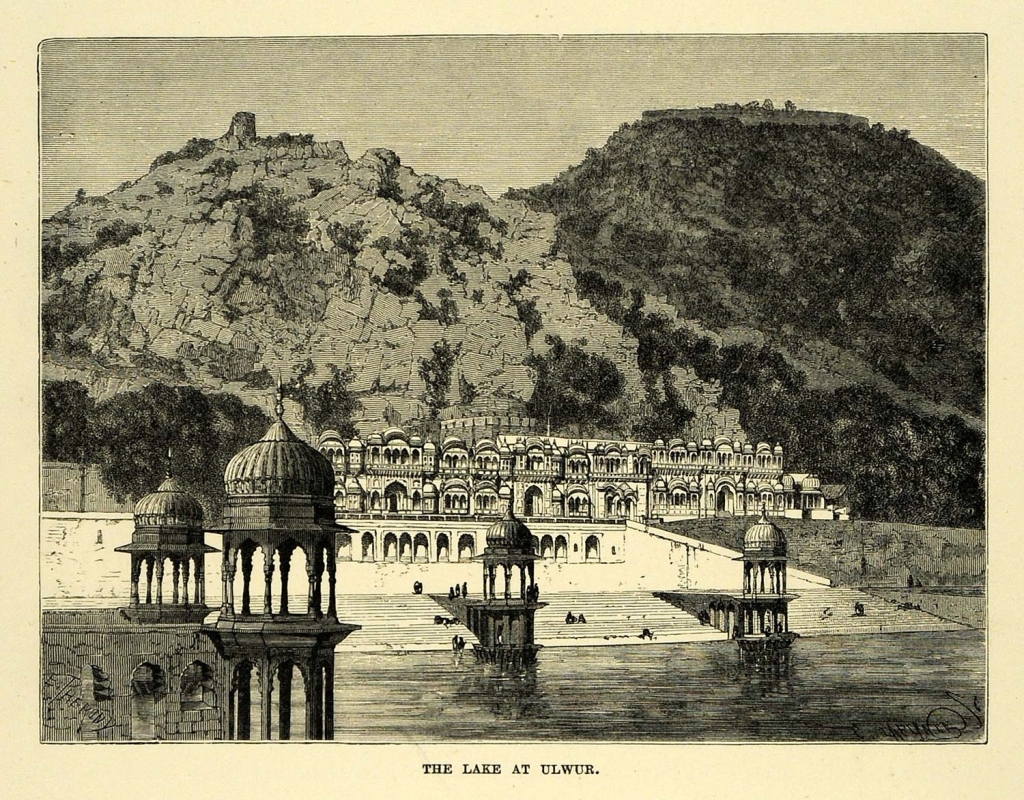
Matsya Kingdom was probably founded by fishermen community who later attained kingship. The Sanskrit word Matsya means fish. Satyavati, the wife of Kuru king Santanu was from this community. King Virata, a Matsya king, founded the kingdom of Virata. He was the father-in-law of Abhimanyu the son of Arjuna. The epic Mahabharata relates the founder of Matsya kingdom to the ruler of Chedi, viz Uparichara Vasu.An interesting fact is that fishing was the main occupation of the people who lived near river Saraswati.
After the Saraswati River dried up, they migrated to river Charmanwati now known as Chambal meaning fish in Dravidian languages
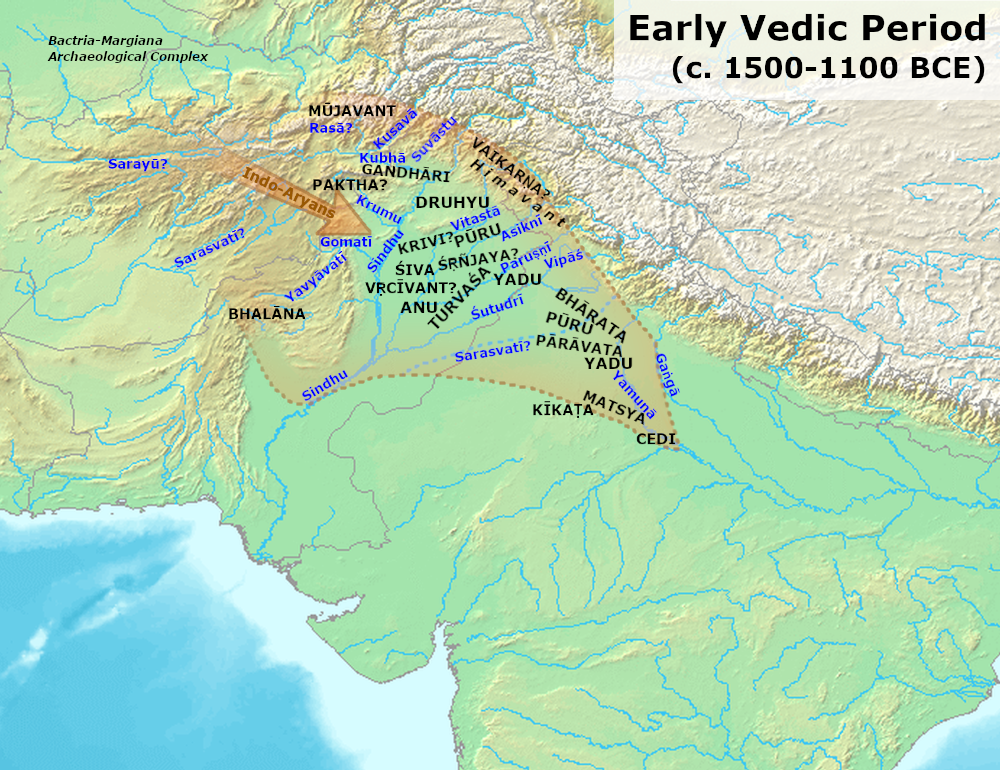
Sarswati river 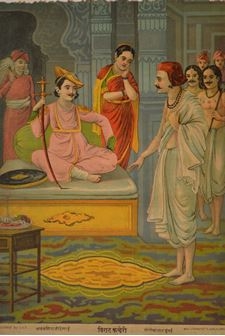
King virata
Chambal meaning fish in Dravidian languages.
Krishna Dwaipayana Vyasa, was son of Satyavati who belogned to this fishermen community and yet was a Vedic scholar, thus attesting the origin of Vedas from the Saraswati basin.
Other than the Matsya kingdom to the south of Kuru Kingdom, which falls in the Alwar, Bharatpur districts of Rajasthan, the epic refers to many other (as many as, six other) Matsya kingdoms. The Pandya Kingdom in the extreme south, also bears the icon of a fish on its official banner showing some connection with the Matsya kings. The main Matsyas under Virata had its capital named Viratanagari which is now known as Bairat in Jaipur district of Rajasthan. Upaplavya was another famous city in this kingdom.
References in Mahabharata
Matsya is mentioned in the list of kingdoms of Bharata Varsha (ancient India) at (6,9).
Origin of Matsya Kings
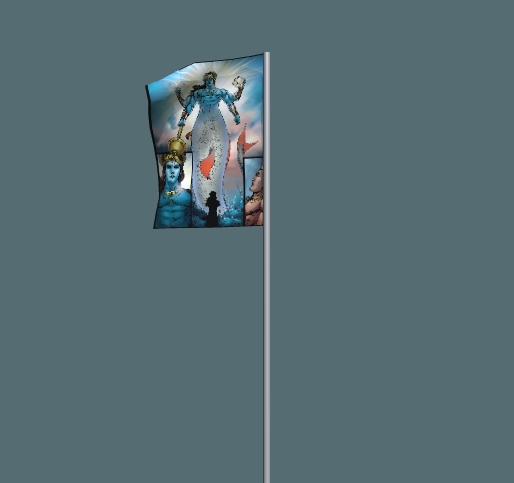
The first Matsya king was mentioned to be the son of a Chedi king named Uparichara Vasu. He was a Paurava, meaning a king beloning to the Puru dynasty (1,63). Apart from the five royal sons of this king, he had a son and a daughter. The male child, in due cource established the Matsya Kingdom and founded the royal dynasty called Matsya Dynasti. The female child lived as a member of fishermen community. Her descendants established as fishermen on the banks of river Yamuna, in the kingdom of Kurus. The famous Kuru king Santanu‘s wife Satyavati was from this fishermen community. The author of Mahabharata, vis Krishna Dwaipayana Vyasa and the Kuru kings viz Chitrangada and Vichitravirya were the sons of Satyavati. Pandavas and Kauravas where the grandsons of Vichitravirya.(1,63).A king named Sahaja ruled the united Chedis and Matsyas.

